Home>Storage Ideas>Storage Baskets>How To Plant Strawberries In Hanging Baskets
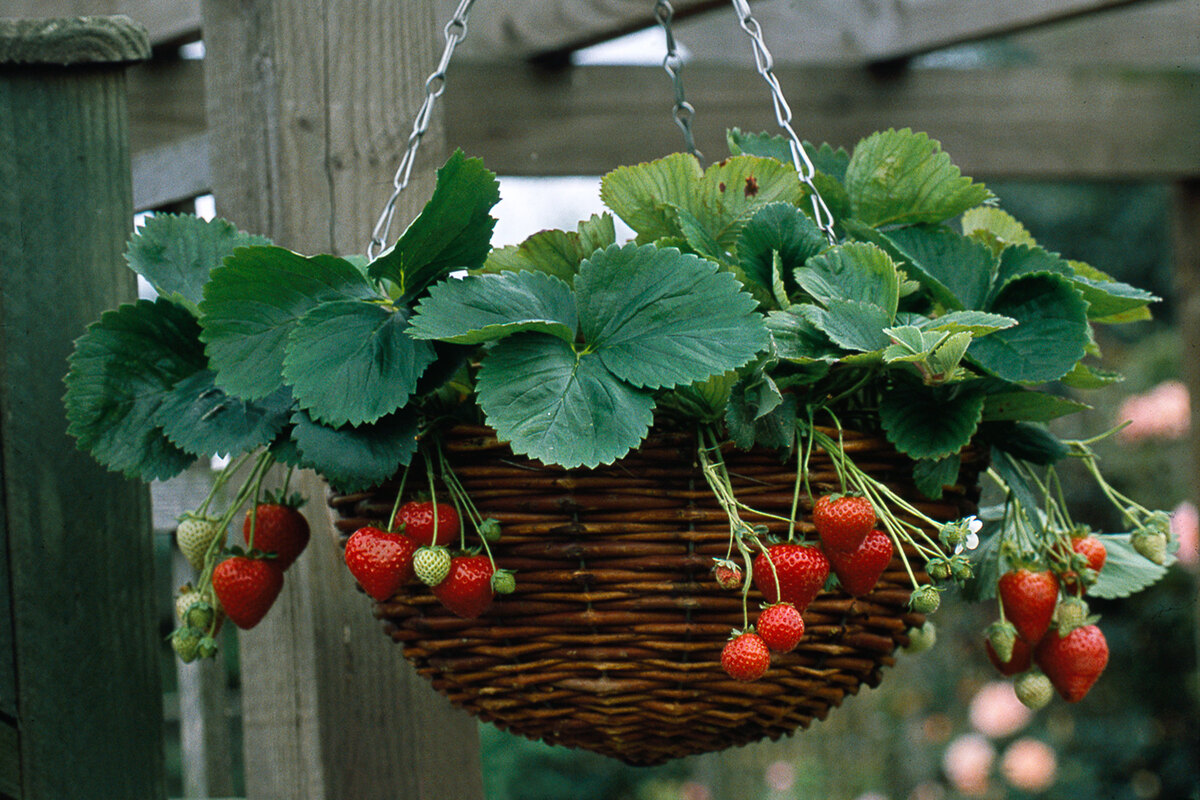

Storage Baskets
How To Plant Strawberries In Hanging Baskets
Modified: December 7, 2023
Learn how to plant strawberries in hanging baskets using storage baskets. Discover the step-by-step process to grow delicious strawberries in a space-saving and convenient way.
(Many of the links in this article redirect to a specific reviewed product. Your purchase of these products through affiliate links helps to generate commission for Storables.com, at no extra cost. Learn more)
Introduction
Welcome to our guide on how to plant strawberries in hanging baskets! Growing strawberries in hanging baskets is not only a great space-saving option, but it also adds a decorative element to your garden or balcony. Whether you have a small outdoor space or just want to add a touch of greenery to your home, hanging baskets are a versatile and attractive solution.
Strawberries are a popular and delicious fruit that can be enjoyed in various ways, from eating them fresh to using them in desserts and jams. They are also rich in antioxidants, vitamins, and minerals, making them a healthy addition to your diet. By growing your own strawberries, you can ensure they are free from pesticides and enjoy the satisfaction of harvesting your own homegrown produce.
In this article, we will walk you through the process of selecting the right hanging basket, choosing the ideal location, preparing the basket, planting the strawberry plants, and providing proper care to ensure a bountiful harvest. Let’s get started on your journey to growing juicy and flavorful strawberries!
Key Takeaways:
- Enjoy a bountiful harvest of homegrown strawberries by choosing the right hanging basket, ideal location, and providing proper care. Embrace the rewarding experience of growing your own delicious fruit in a space-saving and decorative way.
- Troubleshoot common issues like pests, diseases, and poor fruit production to ensure the health and productivity of your hanging basket strawberries. With regular care and proactive monitoring, you can overcome challenges and savor the sweet taste of homegrown strawberries.
Read more: How To Plant Petunias In Hanging Baskets
Choosing the Right Hanging Basket
When it comes to growing strawberries in hanging baskets, selecting the right container is crucial for the success and health of your plants. Here are a few factors to consider when choosing a hanging basket:
- Size: Opt for a hanging basket with a diameter of at least 10-12 inches. This provides enough space for the strawberry plants to spread their roots and grow properly. Smaller baskets may restrict root growth and limit the overall productivity of your plants.
- Material: Choose a basket made from a durable and lightweight material, such as plastic or woven materials like wicker or rattan. These materials are weather-resistant and ensure proper drainage, preventing waterlogging that could lead to root rot.
- Drainage: Look for a hanging basket with ample drainage holes at the bottom. Proper drainage is essential to prevent excess water accumulation, which can suffocate the roots. If the basket you choose doesn’t have enough drainage holes, you can easily create more using a drill or by puncturing the bottom with a sharp object.
- Support: Ensure that the hanging basket comes with sturdy hooks or chains that can support the weight of the basket and plants when filled with soil and water. It’s important to choose high-quality hooks or chains that are rust-resistant and capable of withstanding outdoor conditions.
- Aesthetics: While the functionality of the hanging basket is crucial, don’t forget to consider its aesthetic appeal. Choose a basket that complements the overall design of your garden or balcony. There are various colors, shapes, and styles of hanging baskets available to suit different preferences and themes.
By taking these factors into consideration, you can select a hanging basket that provides the ideal environment for your strawberry plants to thrive. Remember, a well-chosen basket sets the foundation for healthy growth and abundant strawberry harvests!
Selecting the Ideal Location
Once you have chosen the right hanging basket for your strawberry plants, the next step is to find the ideal location for hanging it. Here are some key considerations when selecting the location:
- Sunlight: Strawberries thrive in full sun, so it is essential to choose a location that receives at least 6-8 hours of direct sunlight each day. Place your hanging basket in an area that gets ample sunlight, such as a sunny balcony, patio, or garden. If you have limited access to sunlight, you may consider using artificial grow lights to supplement the natural light.
- Temperature: Strawberries prefer cooler temperatures, ideally between 60-80°F (15-26°C). Try to avoid excessively hot or cold locations that may stress the plants. If you live in a region with extremely hot summers, provide some shade during the hottest part of the day to protect the plants from scorching.
- Protection from wind: Strong winds can damage strawberry plants and dry out the soil quickly. Choose a location that offers some protection from gusty winds. If possible, hang your basket near a wall or use windbreaks like trellises or fences to shield the plants.
- Accessibility: Consider the convenience of accessing your hanging basket for watering, maintenance, and harvesting. Hang it at a height that is easy to reach, or use pulley systems to lower and raise the basket as needed.
- Pest control: Be mindful of potential pest issues. Avoid hanging your basket near areas with a high population of pests, such as aphids or slugs. If necessary, take proactive measures to control pests by using organic pest remedies or companion planting.
By carefully selecting the ideal location, you can provide the optimal conditions for your strawberry plants to thrive. Remember to regularly monitor the temperature, sunlight, and watering needs of your plants, making adjustments as necessary to ensure they grow healthy and produce abundant strawberries.
Preparing the Hanging Basket
Before planting your strawberry plants, it’s important to properly prepare the hanging basket to create a favorable growing environment. Here’s how you can prepare your basket:
- Line the basket: Start by lining the inside of the hanging basket with a layer of sphagnum moss or a coconut fiber liner. This lining helps to retain moisture and prevent soil from falling through the drainage holes. It also adds insulation to the roots and improves overall drainage.
- Choose the right soil: Next, select a well-draining potting mix specifically formulated for containers or hanging baskets. Avoid using garden soil, as it may impede drainage and harbor pests or diseases. A good potting mix will provide the necessary nutrients and ensure proper water drainage for the strawberry plants.
- Fill the basket: Fill the hanging basket with the potting mix, leaving about an inch of space from the top. Gently pat down the soil to remove any air pockets and ensure it is evenly distributed throughout the basket.
- Adding slow-release fertilizer: To provide essential nutrients to your strawberry plants, mix in a slow-release fertilizer according to the package instructions. This will ensure a steady supply of nutrients throughout the growing season.
- Soak the basket: Prior to planting, thoroughly water the filled hanging basket to ensure the soil is moistened completely. This initial watering helps to settle the soil and prepares it for planting.
By following these steps, you’ll create a well-prepared hanging basket that promotes healthy root growth and provides the necessary nutrients for your strawberry plants. Now that your basket is ready, it’s time to plant your strawberry plants and watch them flourish!
Planting the Strawberry Plants
Now that your hanging basket is prepared, it’s time to plant your strawberry plants. Follow these steps to ensure successful planting:
- Choose healthy plants: Select healthy strawberry plants from a reputable nursery or garden center. Look for plants with green leaves, firm stems, and no signs of disease or pests. Avoid root-bound plants or those with yellowing leaves.
- Spacing: Space the plants properly in the hanging basket to allow adequate airflow and prevent overcrowding. Aim to leave about 6-8 inches of space between each plant to ensure they have enough room to grow and spread.
- Make holes: With your finger or a small trowel, create planting holes in the soil of the hanging basket. Make the holes deep enough to accommodate the root system of each strawberry plant, ensuring the crown is level with the soil surface.
- Planting: Gently remove the strawberry plants from their containers, being careful not to damage the roots. Place each plant into a planting hole and backfill with soil, firming it gently around the plants to provide support.
- Watering: After planting, give your strawberry plants a thorough watering to settle the soil and ensure good contact between the roots and the surrounding soil. Water until the excess moisture drains out from the bottom of the hanging basket.
- Mulching: Consider adding a layer of organic mulch, such as straw or wood chips, around the base of the strawberry plants. Mulching helps to retain moisture, suppress weed growth, and regulate soil temperature. Keep the mulch about an inch away from the base of the plants to prevent moisture-related diseases.
Once planted, your strawberry plants will start to establish their roots and grow. Maintain regular watering and provide proper care to ensure healthy growth and abundant fruit production. By following these planting steps, you’re well on your way to cultivating your own delicious strawberries in hanging baskets!
Read more: When To Plant Winter Hanging Baskets
Watering and Fertilizing
Proper watering and regular fertilization are crucial for the healthy growth and productivity of your strawberry plants in hanging baskets. Here’s what you need to know:
Watering:
Strawberries have shallow root systems, so they require consistent moisture without being constantly waterlogged. Here are some watering tips:
- Check the moisture level of the soil regularly by inserting your finger about an inch into the soil. If it feels dry, it’s time to water.
- Water your strawberry plants deeply and thoroughly, ensuring the water reaches the roots. Avoid watering the foliage, as this can encourage disease.
- Water in the early morning or late afternoon to minimize evaporation and allow the leaves to dry before nightfall.
- Adjust the frequency of watering based on weather conditions. In hot and dry climates, you may need to water more frequently, while in cooler and rainy periods, you may need to reduce watering.
- Using a drip irrigation or a watering system with a timer can help ensure consistent moisture levels and avoid overwatering.
Fertilizing:
Strawberries are heavy feeders and benefit from regular fertilization throughout the growing season. Here are some tips for fertilizing your strawberry plants:
- Apply a balanced, slow-release fertilizer formulated for strawberries or a general-purpose organic fertilizer at the beginning of the growing season.
- Follow the package instructions for the recommended dosage and frequency of application.
- Avoid overfertilizing, as this can lead to excessive leaf growth and fewer fruits. If you notice lush foliage but minimal fruiting, reduce the frequency or strength of fertilizer application.
- Consider using organic fertilizers such as compost or worm castings, which provide long-term nutrition and improve soil health.
- Top-dress the soil with compost or organic matter once or twice during the growing season to replenish nutrients and improve soil fertility.
By providing adequate water and regular fertilization, you’ll ensure your strawberry plants in hanging baskets stay healthy, vigorous, and productive. Remember to monitor the moisture levels and adjust your watering schedule as needed, and follow the recommended guidelines for fertilization to promote optimal growth and fruit development.
When planting strawberries in hanging baskets, make sure to use a well-draining potting mix and water regularly to keep the soil moist but not waterlogged. Also, position the baskets in a sunny spot to ensure proper growth and fruit production.
Providing Proper Sunlight
Sunlight is essential for the growth and fruiting of strawberry plants. Here are some tips to ensure your hanging basket strawberries receive the proper amount of sunlight:
- Full sun: Strawberry plants thrive in full sun, which means they require at least 6-8 hours of direct sunlight per day. Choose a location for your hanging basket where it will receive maximum sunlight exposure.
- Orientation: Take into consideration the orientation of your balcony, patio, or garden when placing your hanging basket. South-facing locations usually receive the most sunlight throughout the day. However, if you are in a region with intense summer heat, consider providing some shade during the hottest part of the day to protect the plants from scorching.
- Shade options: If your available space doesn’t receive adequate sunlight, you can still grow strawberries by using options like artificial grow lights or hanging your basket near reflective surfaces. This helps to maximize the amount of light reaching the plants.
- Rotate the basket: As the sun moves throughout the day, different parts of your hanging basket may receive varying levels of sunlight. To ensure even growth and exposure, rotate your hanging basket periodically, allowing all sides of the plants to receive an equal amount of sunlight.
- Monitor for signs of inadequate light: If your strawberry plants aren’t getting enough sunlight, they may exhibit signs such as stunted growth, pale or yellowing leaves, and weak fruit production. If you notice these symptoms, consider relocating your hanging basket to a sunnier spot.
Proper sunlight is crucial for photosynthesis, which helps the plants produce energy and develop strong roots, leaves, and fruits. By providing your strawberry plants with the right amount of sunlight, you’ll ensure healthy growth, vibrant foliage, and a bountiful harvest of sweet and juicy strawberries.
Pruning and Maintenance
Pruning and maintenance are important tasks to keep your hanging basket strawberry plants healthy and productive. Here’s what you need to know:
Pruning:
- Remove runners: Strawberry plants produce long, trailing stems called runners. While these runners can be used to propagate new plants, they can also redirect energy away from fruit production. Regularly remove runners by snipping them off at the base, focusing the plant’s energy on producing fruits instead.
- Trim old foliage: Strawberry plants have a tendency to produce older leaves that may become yellow or brown over time. These leaves can harbor pests and diseases. Trim the older foliage to maintain a neat and healthy appearance, allowing new growth to flourish.
- Thin out overcrowded plants: If your strawberry plants in the hanging basket become overcrowded, thin them out to allow better airflow and light penetration. Remove any weak or diseased plants, as well as those that are too close together.
Maintenance:
- Regular watering: Continue to monitor the moisture levels in the soil and water your strawberry plants as needed. Be mindful not to overwater, as this can lead to root rot. Aim to keep the soil consistently moist, but not waterlogged.
- Monitor for pests and diseases: Regularly inspect your plants for signs of pests, such as aphids or slugs, and treat them promptly using organic pest control methods if necessary. Also, keep an eye out for common strawberry diseases like powdery mildew or gray mold. If detected, take appropriate measures to prevent their spread.
- Fertilizer application: Throughout the growing season, continue to fertilize your strawberry plants according to the package instructions. This helps to replenish the nutrients in the soil and encourage robust growth and fruit production.
- Harvesting: As your strawberry plants start to produce fruits, regularly harvest ripe berries to encourage further flowering and fruiting. Gently twist or snip the strawberries from the plant, being careful not to damage the stems or surrounding foliage.
- Off-season care: In areas with cold winters, protect your hanging basket strawberry plants during the off-season by moving them to a sheltered location or insulating them with frost covers. This will help the plants survive the winter and prepare for another fruitful season.
Regular pruning and maintenance ensure that your hanging basket strawberry plants remain healthy, productive, and vibrant. With proper care and attention, your strawberry plants will continue to provide a delightful harvest season after season.
Harvesting Strawberries
There’s nothing quite like the taste of freshly harvested strawberries from your hanging basket. Here are some tips to help you enjoy a successful and bountiful harvest:
- Timing: Strawberries are typically ready to be harvested when they are fully ripe and have reached their peak sweetness and color. This generally occurs 4-6 weeks after the plants have flowered. Keep a close eye on your plants as the fruits start to develop, and harvest them as soon as they are fully mature.
- Appearance: Ripe strawberries will have a vibrant red color and a shiny, plump appearance. They should be firm but not overly soft or mushy. Gently touch the berries to feel their texture, and look for even coloration throughout the fruit.
- Harvesting technique: To harvest strawberries, grasp the stem just above the fruit with your fingers or use clean scissors or pruning shears to snip the stem. Avoid pulling or twisting the berries, as this can damage both the fruit and the plant. Be careful not to put pressure on nearby unripe berries when harvesting.
- Harvesting frequency: Strawberries have a relatively short shelf life once harvested, so it’s best to pick them as you need them. Regularly check your plants for ripe strawberries and harvest them every 2-3 days during peak season. This ensures that you can enjoy the fruits at their freshest and tastiest.
- Post-harvest care: After harvesting, handle your strawberries with care to prevent bruising and damage. Avoid exposing them to direct sunlight for prolonged periods. Store the freshly picked strawberries in a cool place or in the refrigerator. Rinse them gently with cool water just before consuming to remove any dirt or debris.
- Share and enjoy: Strawberries are a delightful fruit to share with friends and family. Enjoy the fruits of your labor by incorporating them into various dishes, such as salads, desserts, smoothies, or simply eating them fresh. Their sweet and juicy flavor will surely be a hit.
With proper timing and care, you can look forward to a plentiful harvest of delicious strawberries from your hanging basket. Enjoy the satisfaction of growing and savoring your own homegrown strawberries!
Read more: What To Plant In Hanging Baskets In Shade
Troubleshooting Common Issues
While growing strawberries in hanging baskets can be a rewarding experience, it’s not uncommon to encounter a few challenges along the way. Here are some common issues that may arise and how to troubleshoot them:
- Pest infestation: Common pests that can affect strawberry plants include aphids, slugs, and spider mites. Monitor your plants regularly for signs of pests, such as distorted leaves, holes in the foliage, or sticky residue. Use organic pest control methods like insecticidal soap, neem oil, or introducing beneficial insects to combat the infestation.
- Diseases: Strawberry plants are susceptible to diseases such as powdery mildew, gray mold (Botrytis cinerea), and crown rot. Proper air circulation, avoiding overhead watering, and maintaining good hygiene by removing infected plant material can help prevent diseases. If necessary, treat plants with appropriate organic fungicides or seek the advice of a local gardening expert.
- Poor fruit production: If your strawberry plants are producing few or no fruits, there may be several causes. It could be due to inadequate pollination (consider hand-pollinating if necessary), insufficient sunlight, lack of nutrients, or overcrowding. Assess each factor and make necessary adjustments to improve fruit production, such as thinning out overcrowded plants and providing proper care and nutrients.
- Yellowing leaves: Yellowing leaves can be a sign of nutrient deficiency, overwatering, or inadequate sunlight. Ensure your plants are receiving sufficient nutrients through regular fertilization and proper watering practices. If the yellowing persists, consider adjusting the location of your hanging basket to a spot with more sunlight or address any drainage issues.
- Root rot: Excessive moisture and poor drainage can lead to root rot, which can cause wilting, stunted growth, and eventual plant death. To prevent root rot, ensure your hanging basket has proper drainage and avoid overwatering. If root rot is detected, carefully remove and discard affected plants and adjust your watering practices to prevent further issues.
When troubleshooting issues with your hanging basket strawberries, it’s important to observe your plants closely and take a proactive approach. Regular care, monitoring, and addressing problems promptly will help ensure the health and productivity of your strawberry plants.
If you encounter persistent issues or are unsure about the appropriate course of action, consult with a local gardening expert or extension service for personalized guidance and recommendations specific to your growing conditions.
Conclusion
Congratulations, you have learned how to successfully plant and grow strawberries in hanging baskets! With the right preparations and care, you can enjoy a bountiful harvest of delicious, homegrown strawberries. Growing strawberries in hanging baskets not only saves space but also adds beauty and freshness to your garden, balcony, or patio.
Throughout this guide, we discussed the importance of choosing the right hanging basket and selecting the ideal location that provides adequate sunlight. We also covered the steps of preparing the basket, planting the strawberry plants, and providing proper watering, fertilizing, and maintenance. Additionally, we touched on troubleshooting common issues that may arise, from pests and diseases to poor fruit production.
By following these tips and techniques, you can create an optimal environment for your strawberry plants to thrive. Imagine having access to juicy, homegrown strawberries right at your fingertips – perfect for enjoying on their own or incorporating into your favorite recipes.
Remember to practice regular care, including watering, fertilizing, pruning, and monitoring for pests and diseases. Harvest your strawberries at their peak ripeness, sharing the joy of your harvest with family and friends.
Growing strawberries in hanging baskets is a rewarding experience that allows you to enjoy the flavors and benefits of freshly picked fruit. Take pride in cultivating your own edible garden and embrace the journey of watching your strawberry plants grow, flower, and produce an abundance of delicious berries.
Now, armed with the knowledge and techniques you’ve gained, it’s time to grab your hanging basket and get started on your strawberry-growing adventure. Enjoy the process, and may your hanging baskets overflow with the sweet taste of homegrown strawberries!
Frequently Asked Questions about How To Plant Strawberries In Hanging Baskets
Was this page helpful?
At Storables.com, we guarantee accurate and reliable information. Our content, validated by Expert Board Contributors, is crafted following stringent Editorial Policies. We're committed to providing you with well-researched, expert-backed insights for all your informational needs.
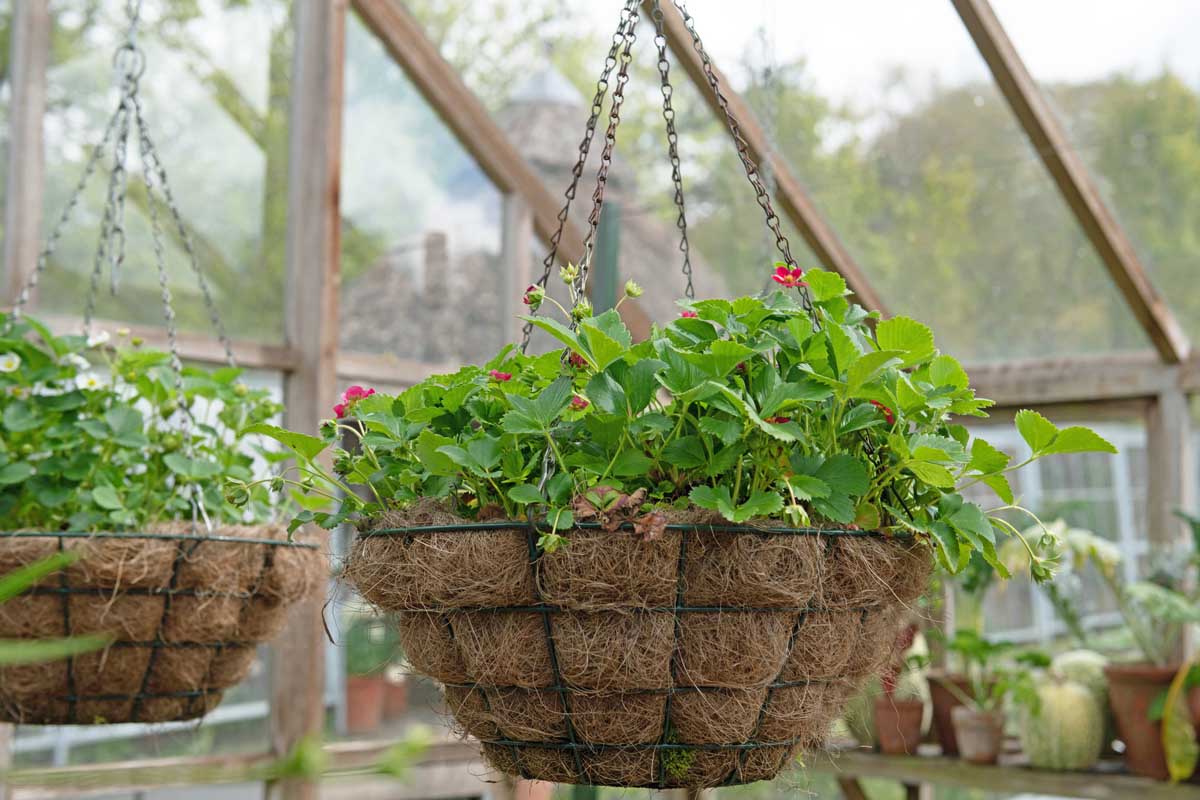
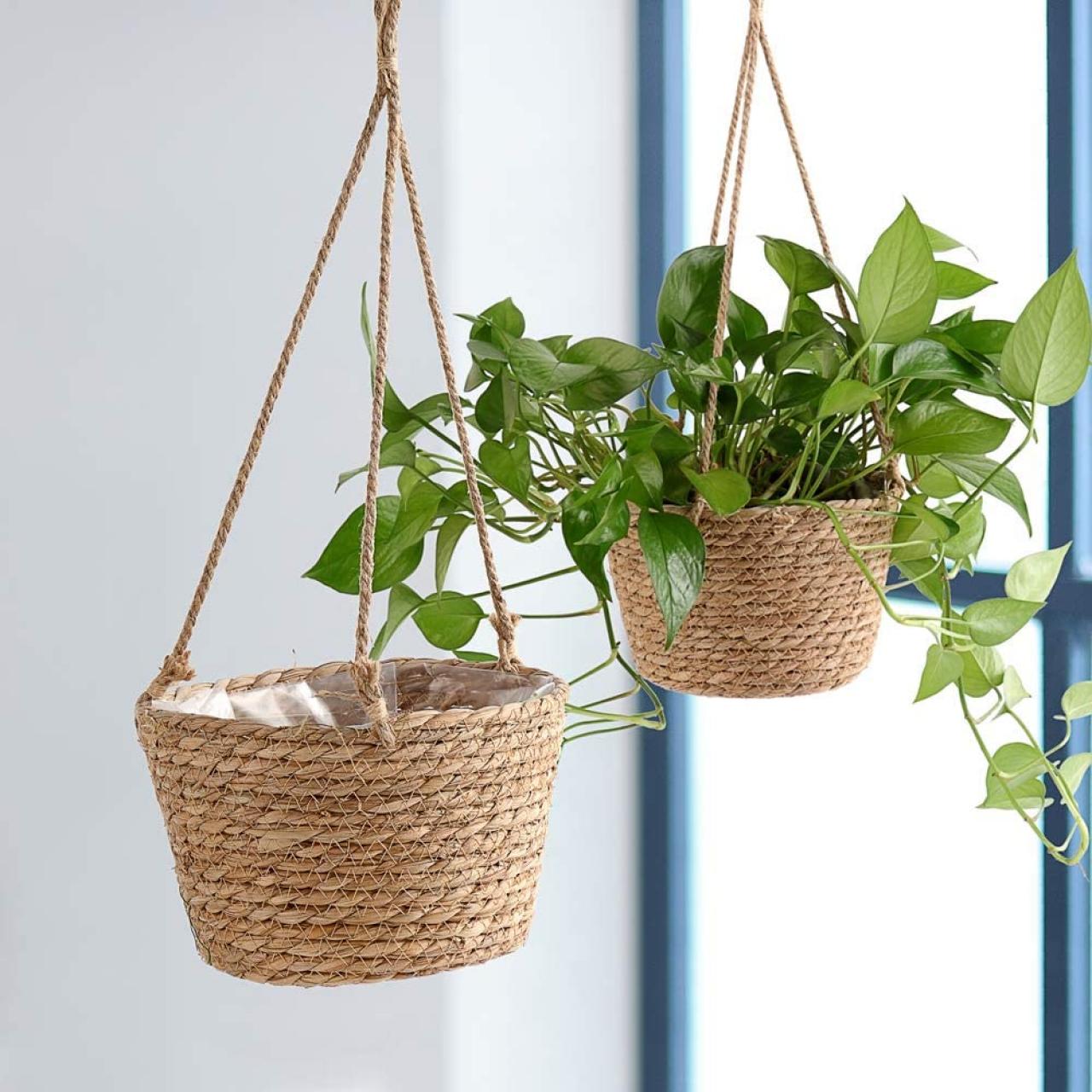


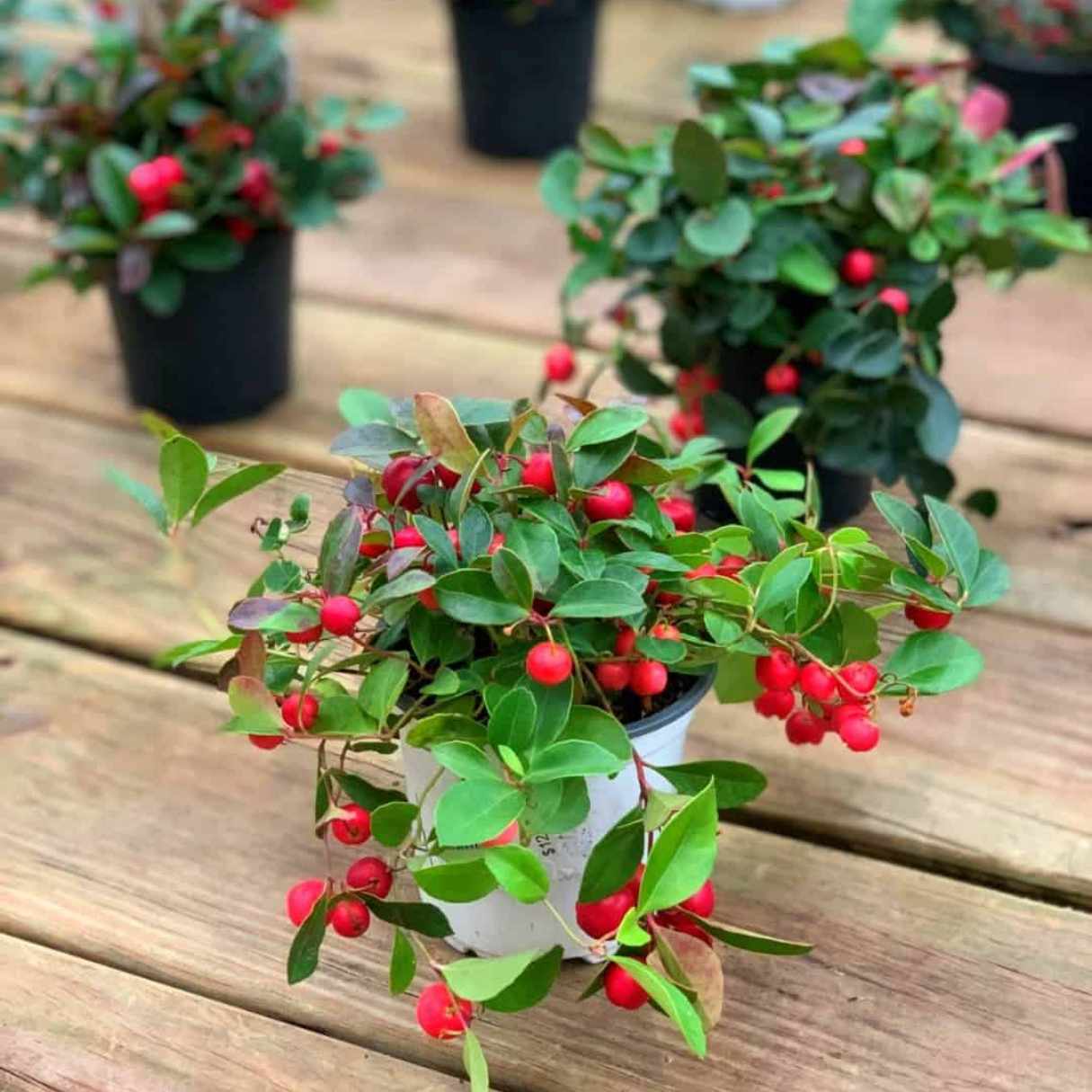
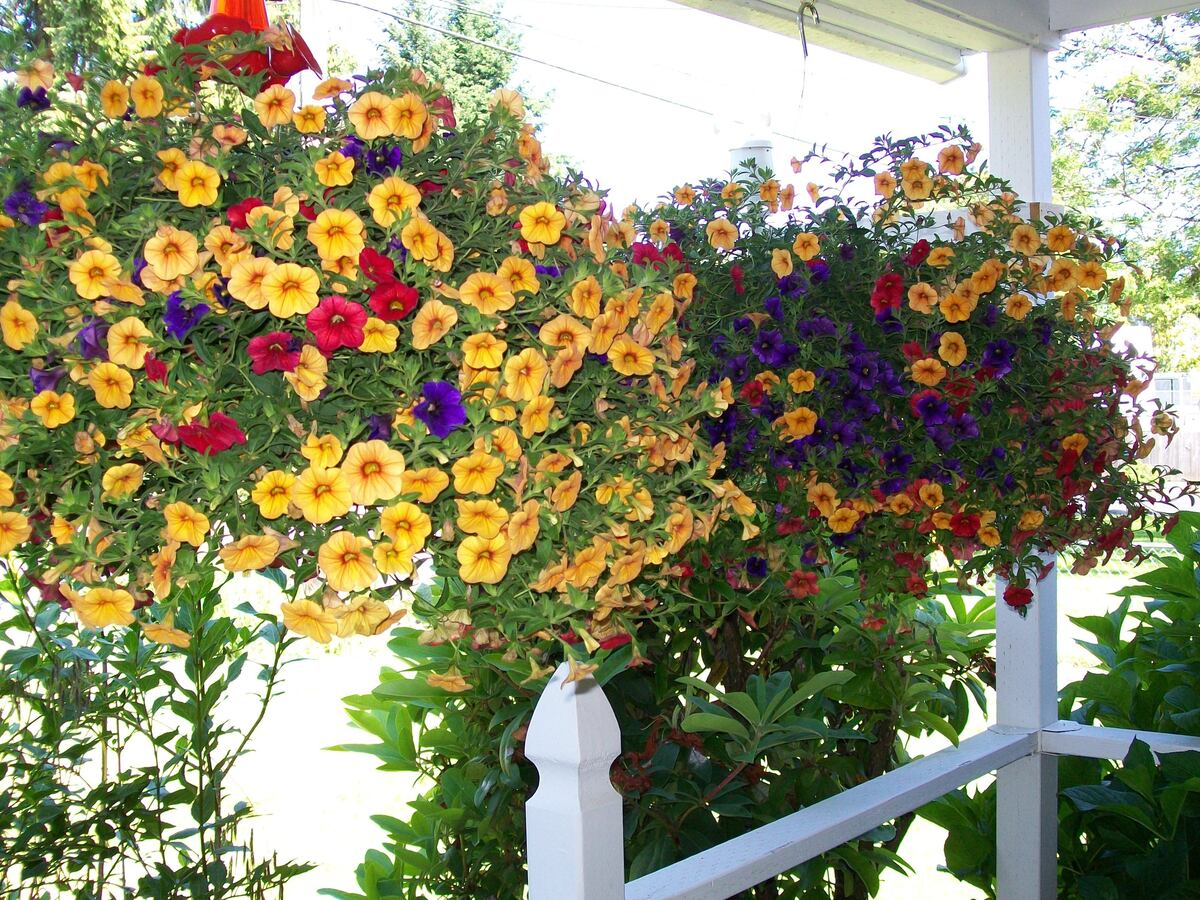
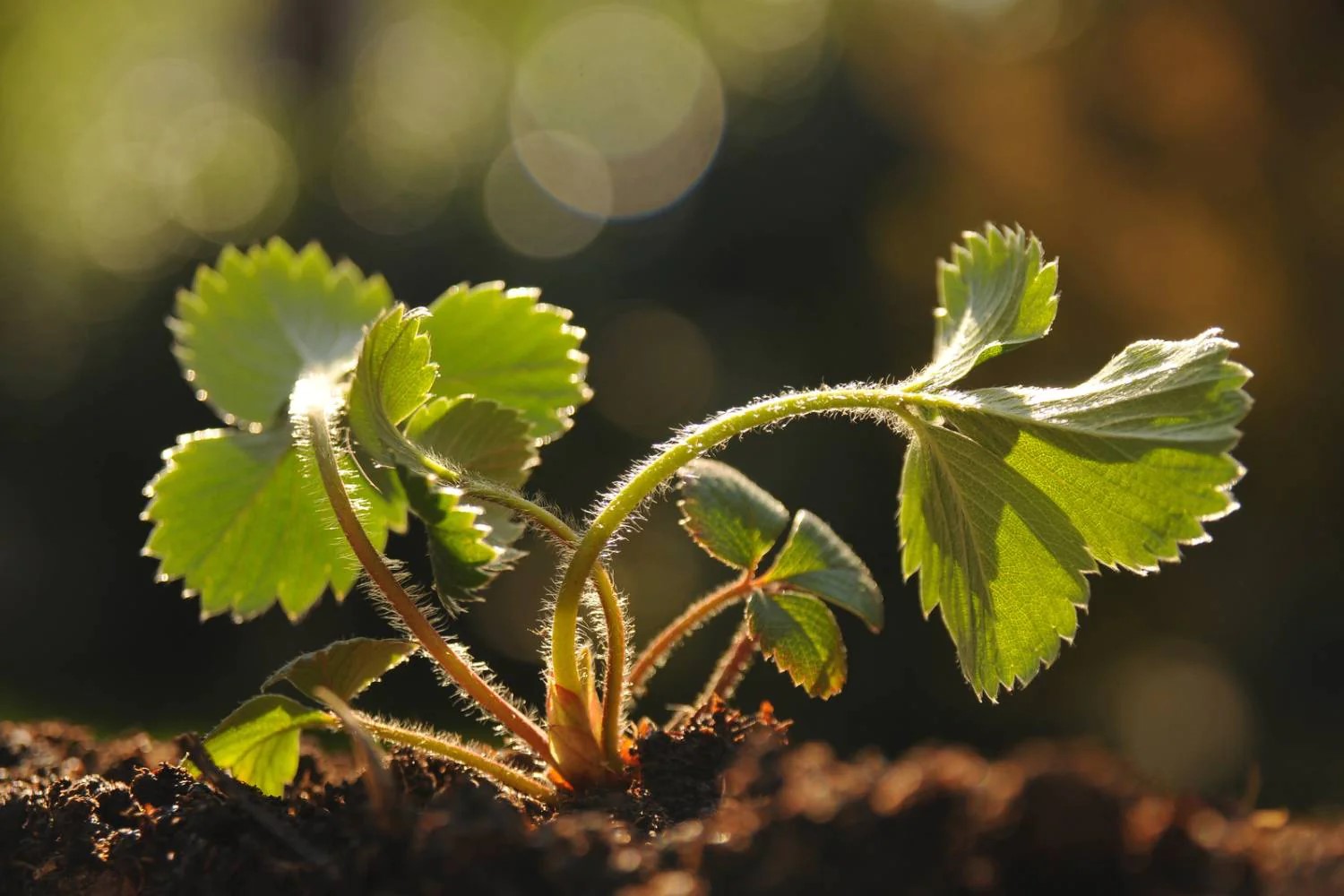
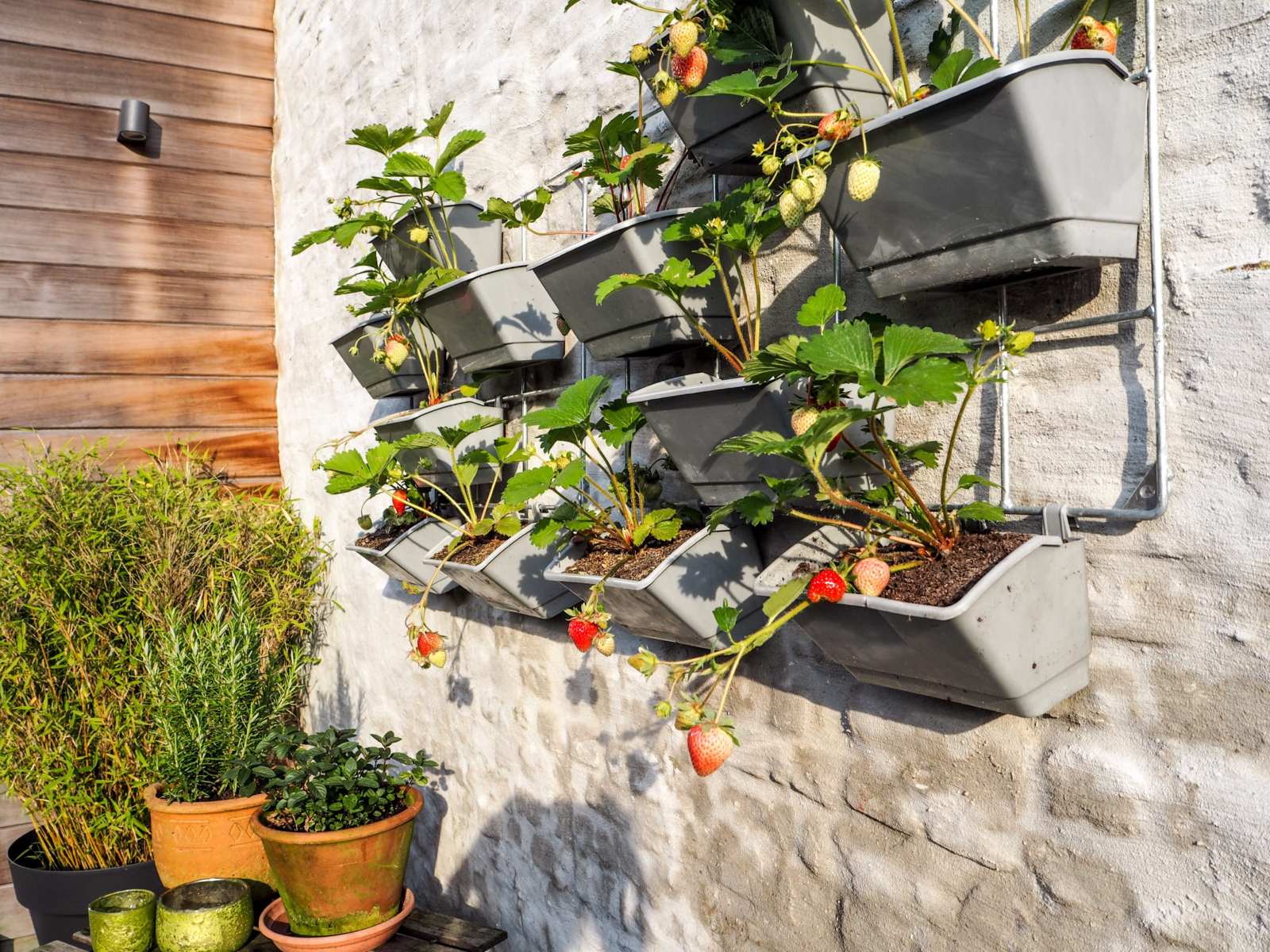
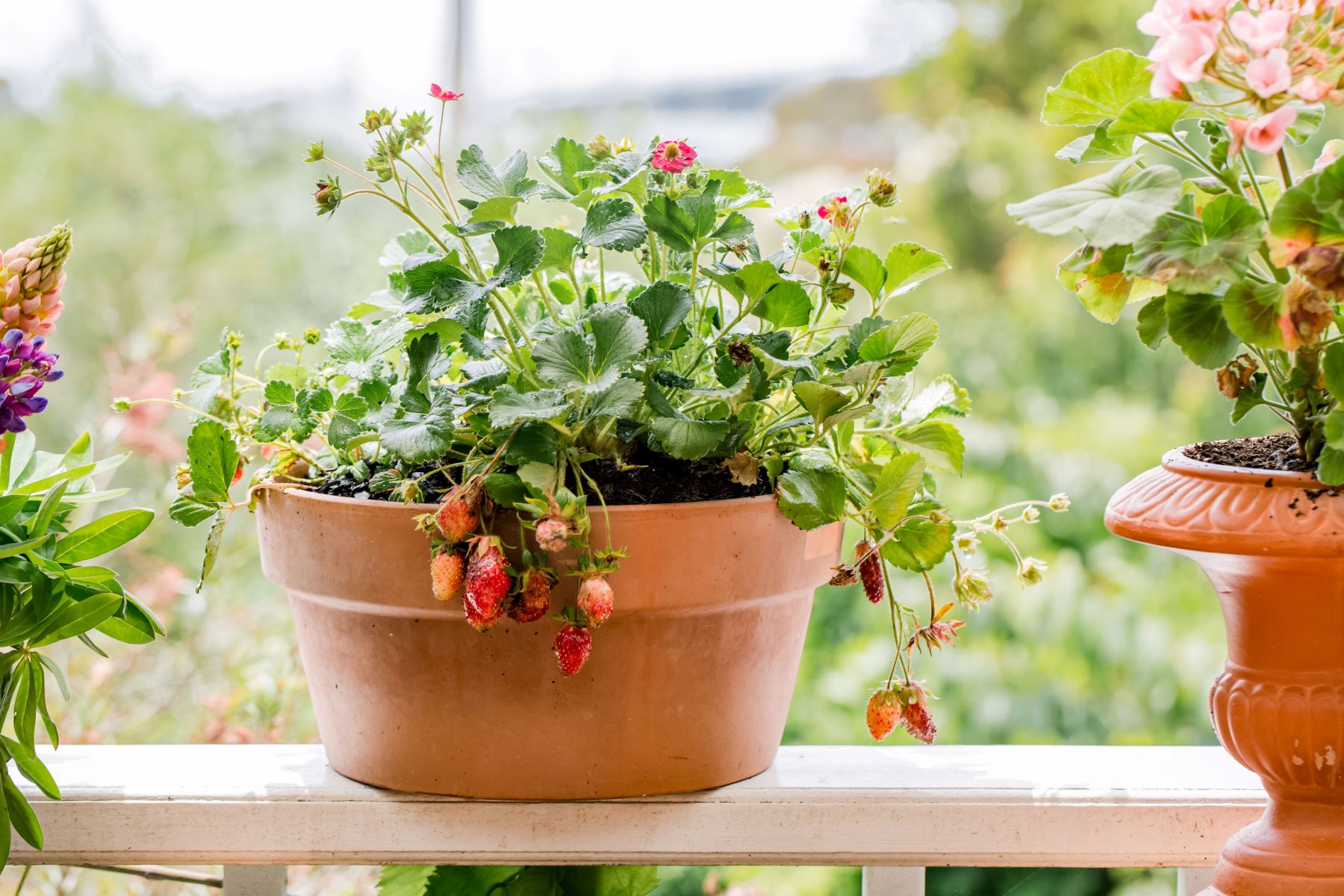
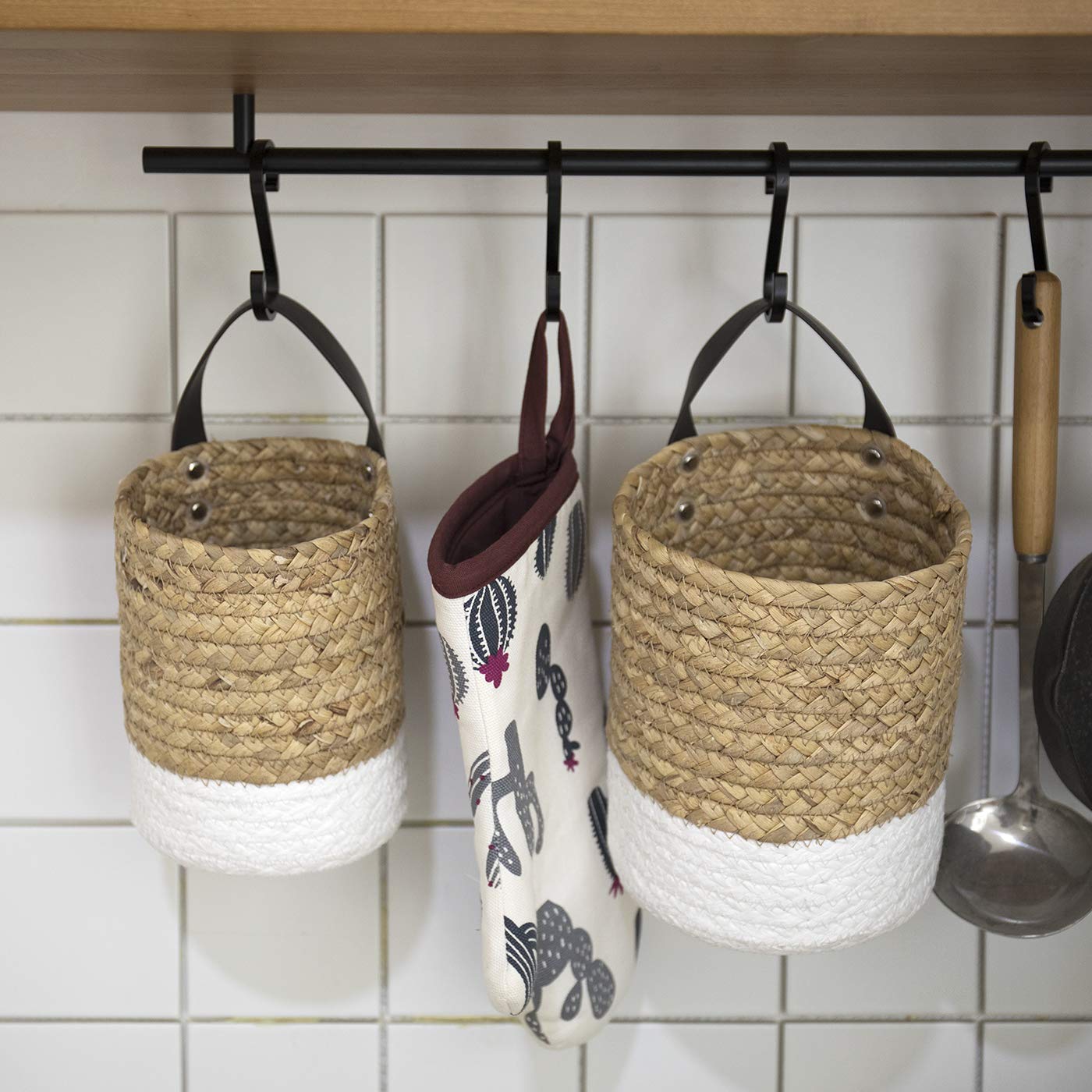
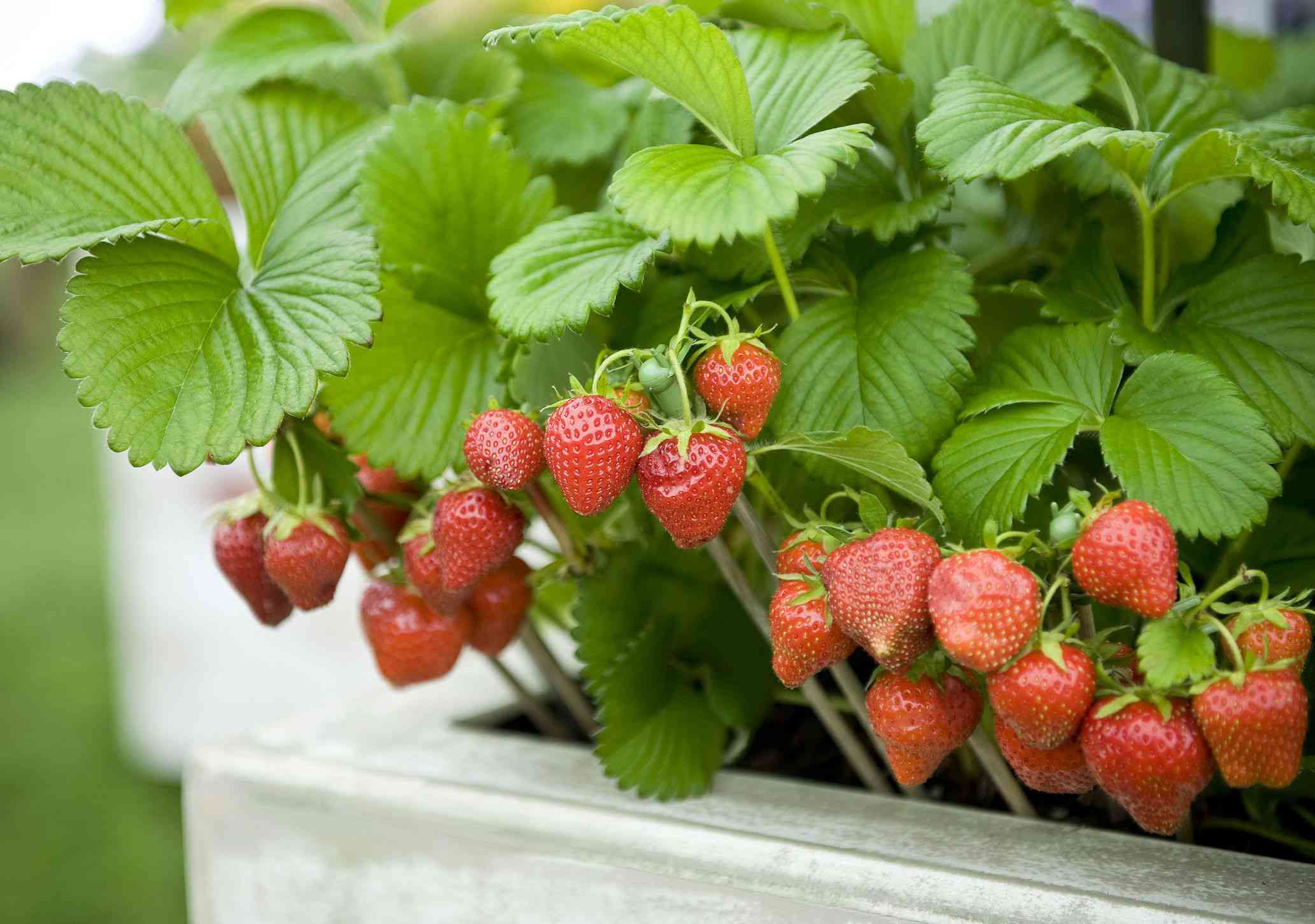
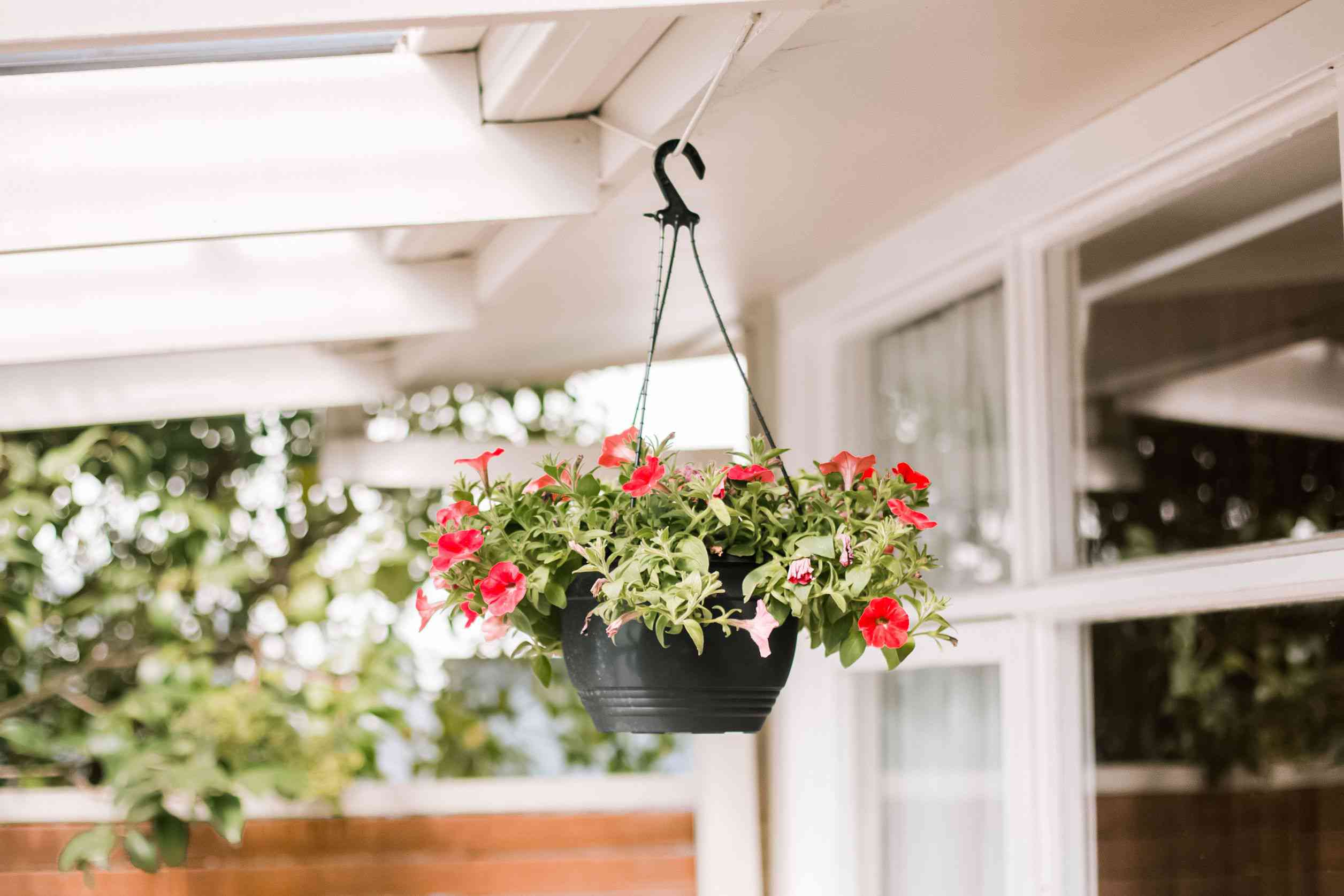
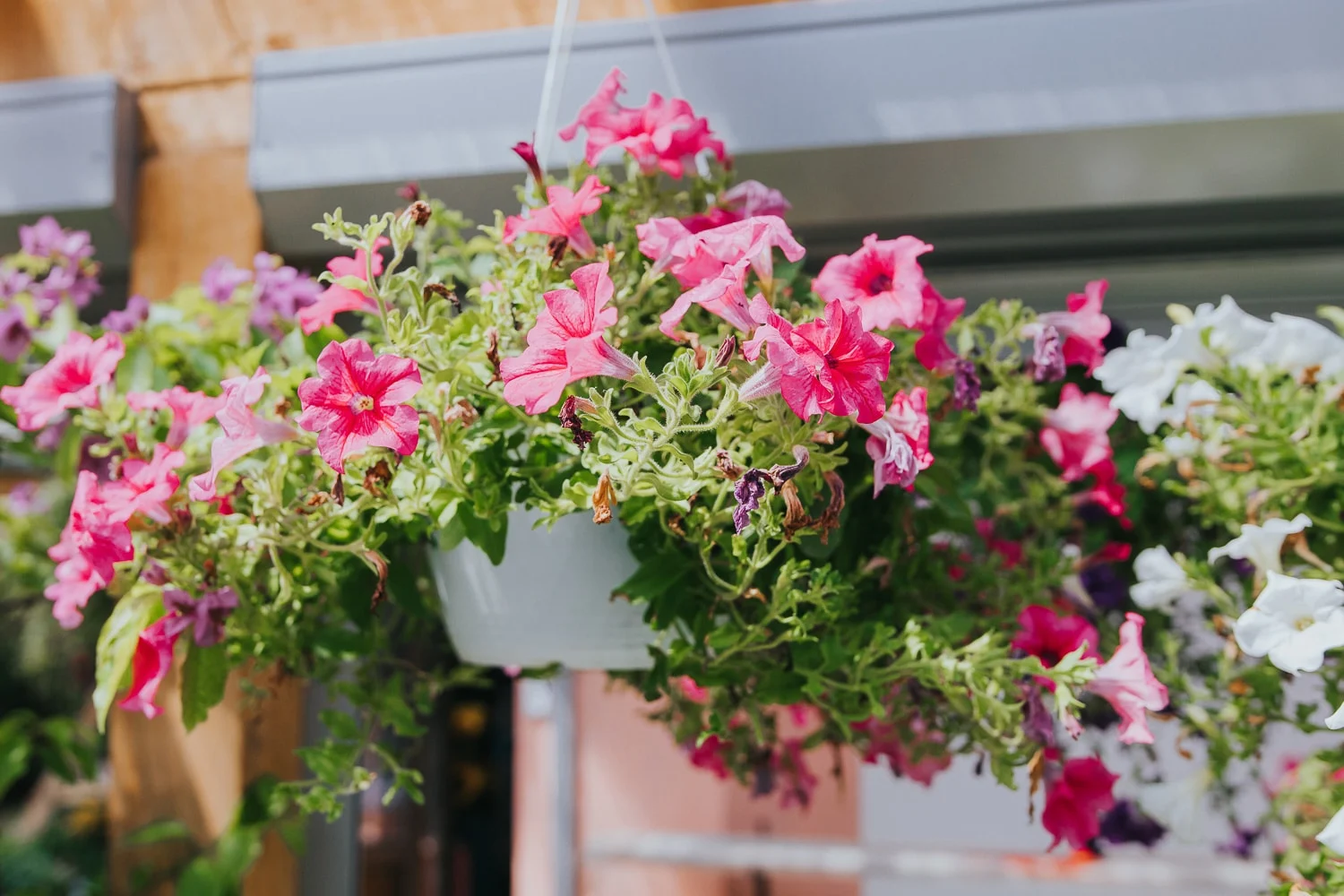

0 thoughts on “How To Plant Strawberries In Hanging Baskets”